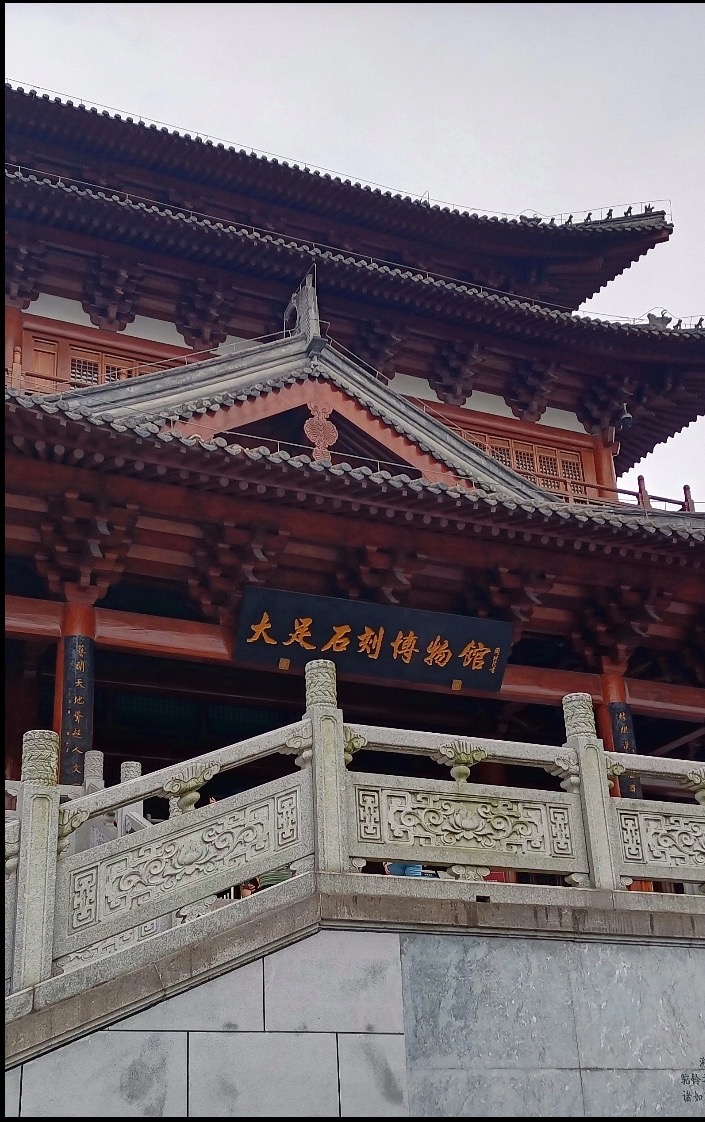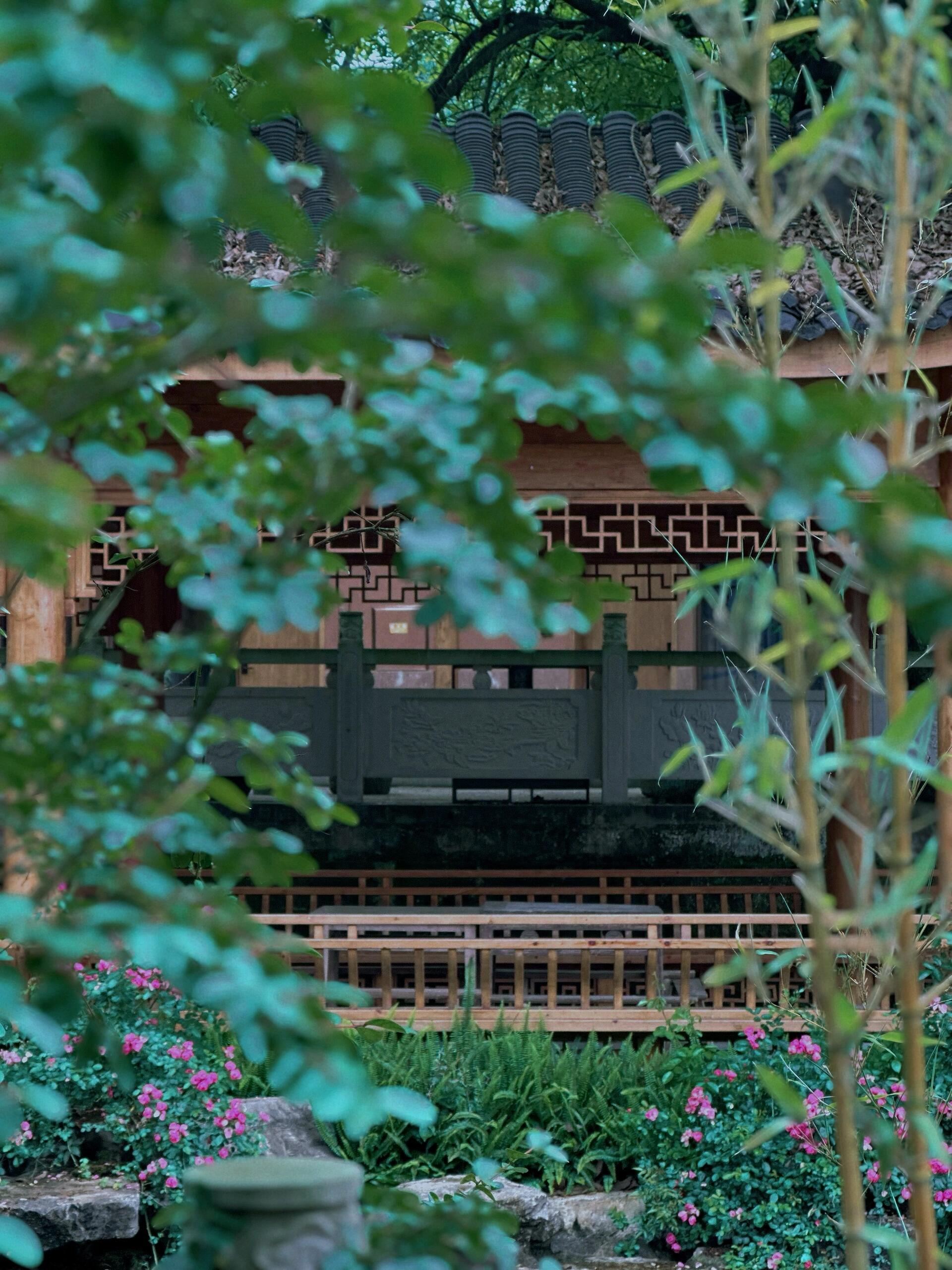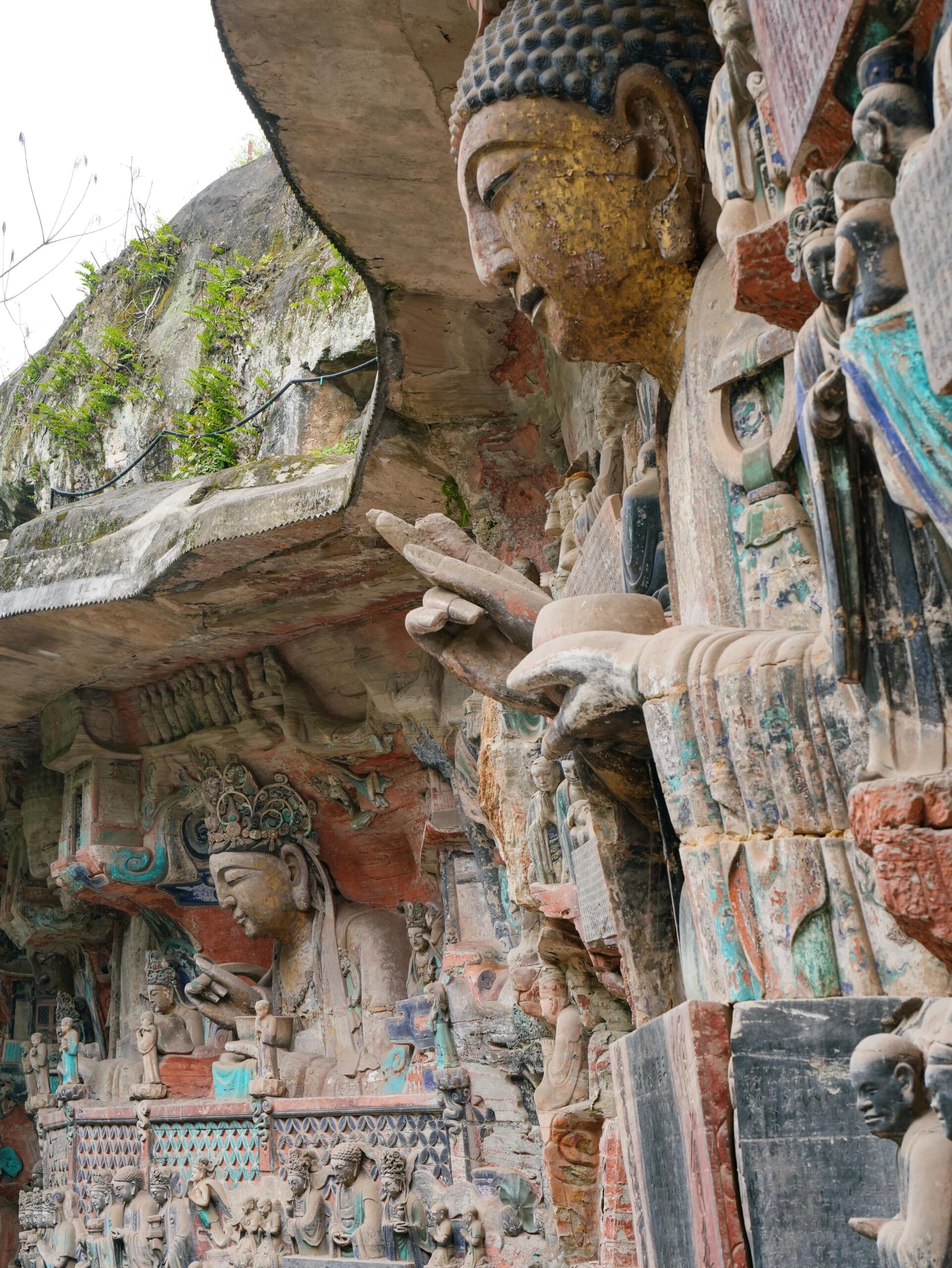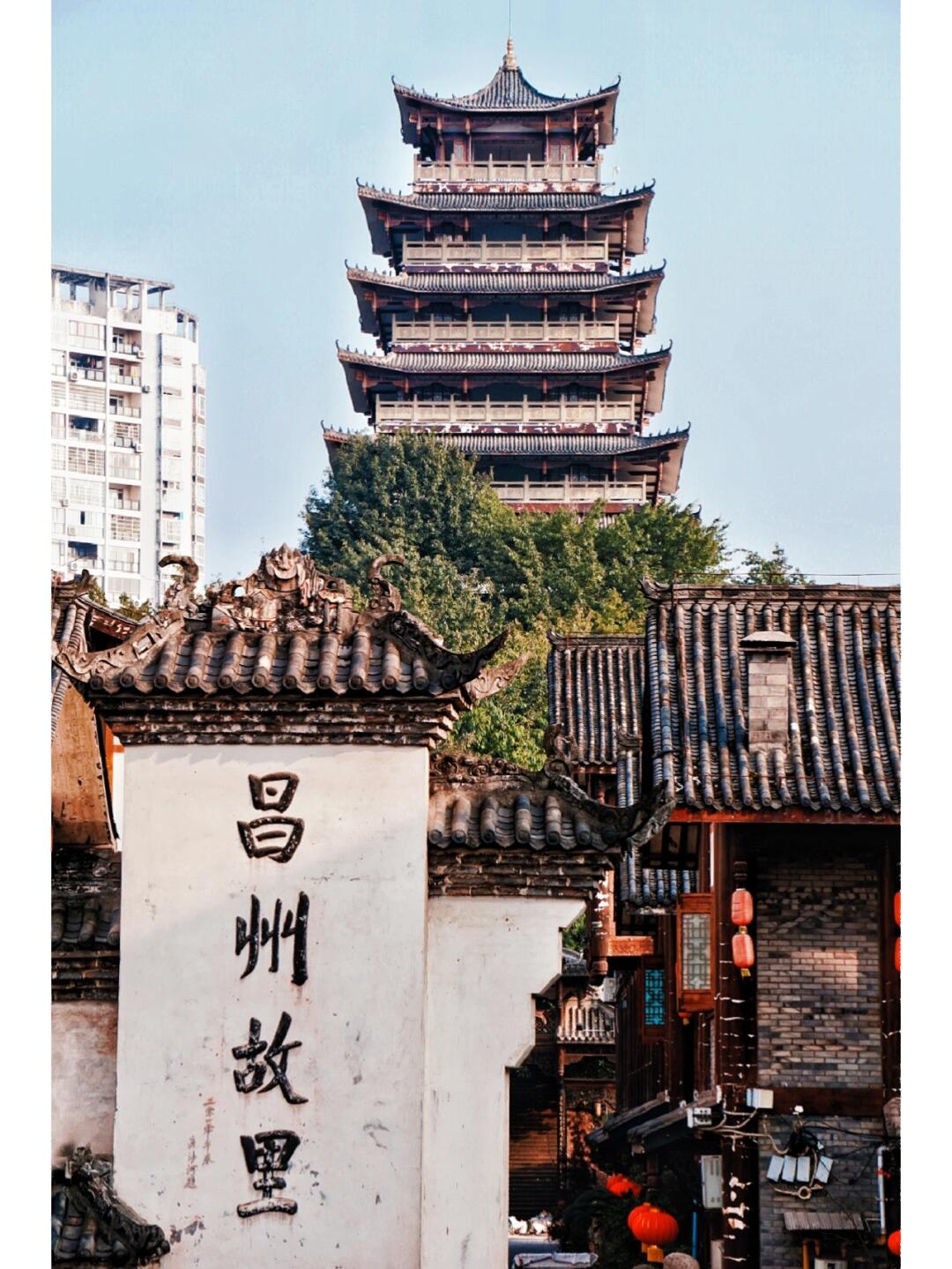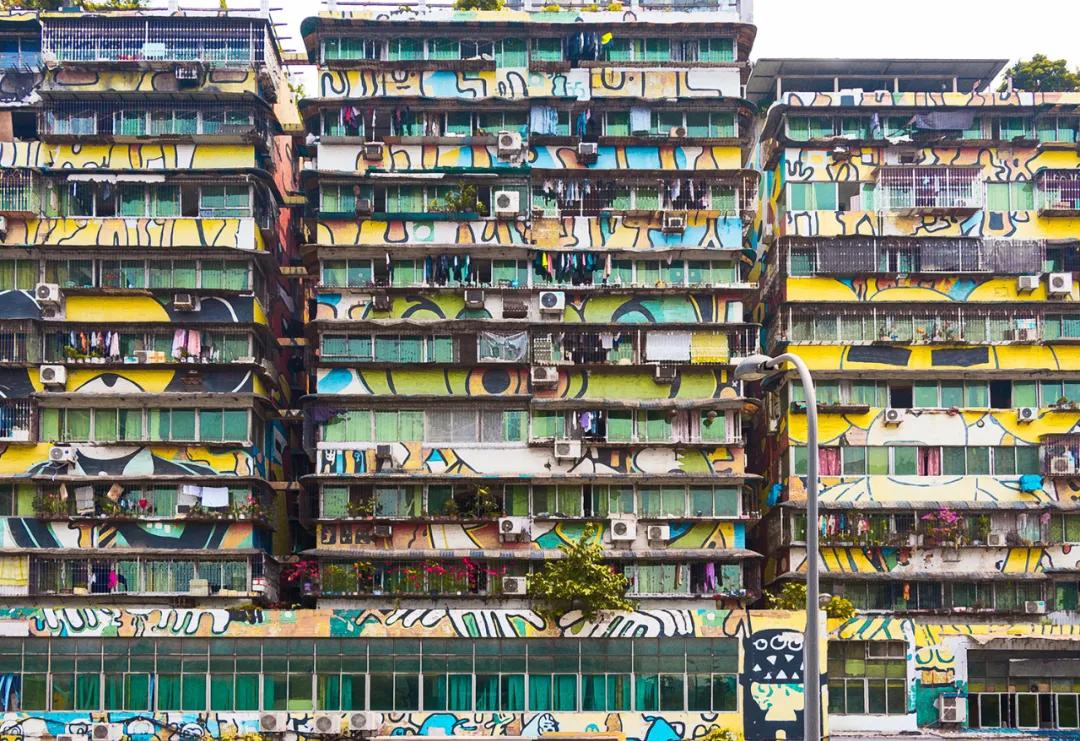

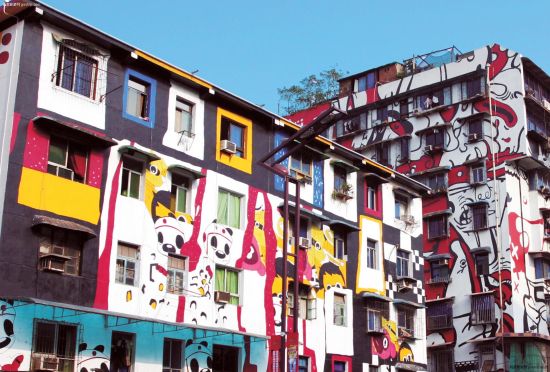
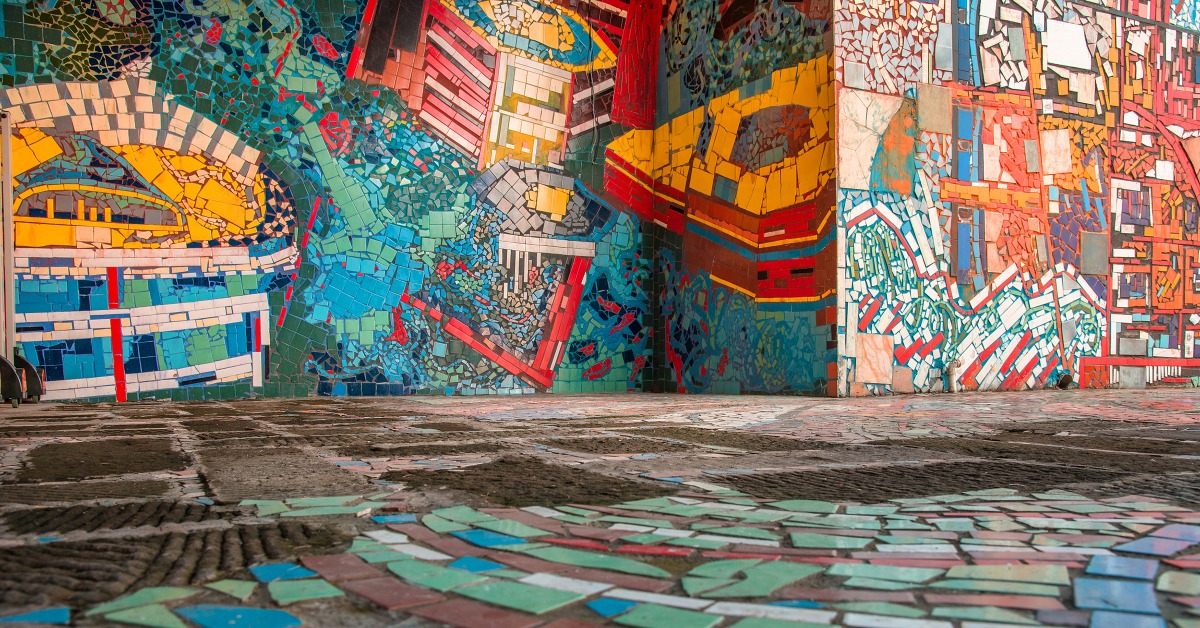
Graffiti Street
Creative art district featuring modern street art and graffiti, showcasing urban culture.
Information
Ticket price
Time
Location
Huangjueping Main St, Jiulongpo District, Chongqing, China
View maps
More about the trip
Graffiti Street: Chongqing's Vibrant Urban Art Canvas
Graffiti Street, located in the Huangjueping area of Jiulongpo District, Chongqing, is a vibrant and colorful art district that showcases modern street art and graffiti. What was once a regular street has been transformed into a massive outdoor canvas, with buildings, walls, and even some vehicles covered in dynamic and expressive murals. It's a must-visit for art lovers, photographers, and anyone interested in urban culture.
What to See and Do
Explore the Murals: Wander along the street and admire the diverse range of graffiti and street art. The murals vary in style, theme, and scale, from intricate designs to large-scale, colorful pieces that cover entire buildings. The art is constantly evolving, so each visit might offer something new.
Photography: Graffiti Street is a paradise for photographers. The vibrant colors and unique artistic expressions provide endless opportunities for creative and striking photos. It's a popular spot for fashion shoots and casual photography.
Sichuan Fine Arts Institute: The street is located near the Sichuan Fine Arts Institute (Huangjueping Campus), which contributes to the artistic atmosphere of the area. You might see art students working on projects or displaying their works.
Local Cafes and Shops: Discover small, independent cafes and art-related shops interspersed among the murals. It's a good place to grab a coffee, relax, and soak in the artistic vibe.
Jiaotong Teahouse: A famous traditional teahouse, known for its old-school charm and local atmosphere, is also located in the Huangjueping area, offering a contrast to the modern street art.
Best Time to Visit
The street can be visited year-round. Daytime offers the best light for viewing and photographing the murals. Weekdays are generally less crowded than weekends.
How to Get There
Graffiti Street is located in the Huangjueping area of Jiulongpo District. You can take Metro Line 2 to Yangjiaping Station (杨家坪站) and then transfer to a bus (e.g., Bus 204, 207, 223, 233, 256, 823) to Huangjueping. Alternatively, a taxi or ride-hailing service is convenient.
Travel Tips
Wear comfortable shoes: You'll be doing a lot of walking as you explore the various sections of the street.
Be open to discovery: The art is everywhere, so keep an eye out for hidden gems in unexpected corners.
Combine with Jiaotong Teahouse: Experience the contrast between modern street art and traditional Chongqing culture by visiting the nearby Jiaotong Teahouse.

